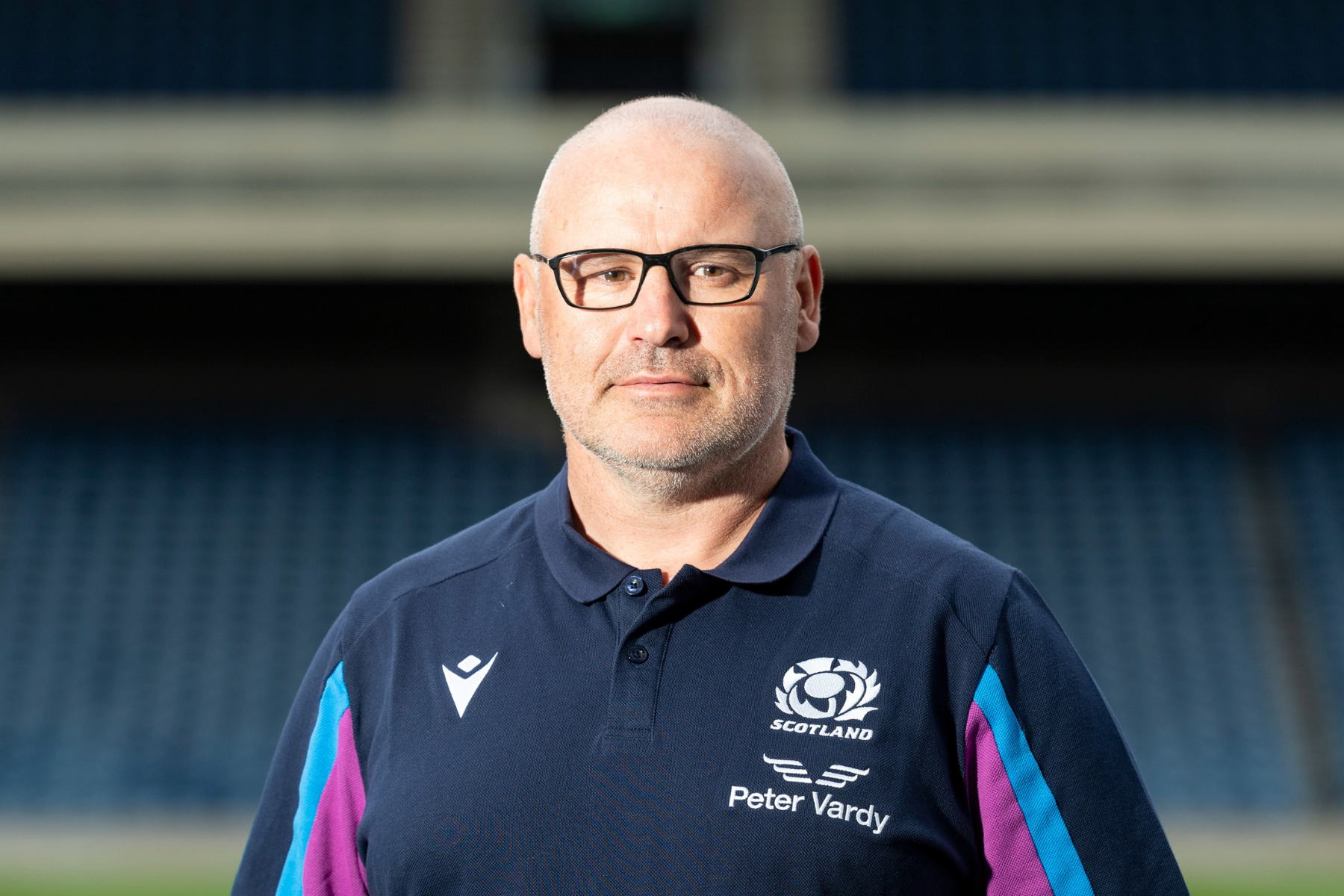
SUPER6 – the part-time professional league which was launched in 2019 to bridge the gap between the essentially amateur club game and the elite tier of rugby in Scotland – is the envy of rival unions across the northern hemisphere, according to John Fletcher, Scottish Rugby’s recently appointed ‘Head of Pathways and Elite Coach Development’.
The league has divided opinion since its inception and continues to do so. It is generally accepted that the focussing of resources on six clubs has raised standards on the pitch, however a repetitive fixture list which involves the same six teams playing each other over again, and the absence of promotion or relegation means that it has failed to gain traction amongst the wider rugby public, despite significant marketing resources being directed by Murrayfield towards the competition.
There is anxiety that Super6 disenfranchises excluded clubs, which could have grave longer-term consequences in terms of growing the player base in Scotland, and these concerns are reinforced by the fact that there is not currently a Super6 team located in either Glasgow or north of Stirling.
While recognising that there are issues which must be addressed, Fletcher stressed that the new league is fulfilling an important role in providing a stepping-stone for the country’s best young players as they transition into the adult game.
“There’s a lot of things should be celebrated in terms of Super6 because I actually think other unions look at us in envy in terms of the fact that we have a competition and we have some flexibility around it, compared to other parts of the world, and certainly the northern hemisphere because it is slightly different in the southern hemisphere,” he said.
“Actually, Wales have been in touch, we speak to Ireland quite a bit, and England have been trying to solve it since the game went professional in 1995 and haven’t yet solved it in terms of what is the playing environment for players when they leave school,” added the former England Rugby Head of Player Development Pathway and Newcastle Falcons Director of Rugby, who took on his current role at Murrayfield in November.
“Super6 is not perfect, yet, but it’s not that far off in terms of its timing, providing quality competition, full-time coaches, and coach development.”
An alternative model for finding meaningful game time for rising stars is through professional A team leagues, but Fletcher indicated that this approach has already been tried and failed elsewhere.
“History tells us that A leagues have always been problematic when you’ve gone through injuries, or you have coaches who are not as engaged with it, and that’s why in England they have scrapped that approach,” he pointed out. “You’d have one team basically having 22 invited players and the other team full of internationals, so the mismatches were quite significant.
“Occasional A team games are part of the solution, but to do that week-in and week-out in a league is, quite frankly, not viable financially and in terms of player depth.”
One of the big criticisms of Super6 in the recent past was its failure to provide meaningful game-time to Scotland Under-20s squad members in the 2021 Championship, which preceded their 2022 age-grade Six Nations. This left the age-grade side shockingly exposed against more experienced opponents as they slumped to five defeats in five games.
Kenny Murray, who coaches the Under-20s as part of his role as Scottish Rugby’s ‘Head of Player Transition’, has promised that this issue has now been properly addressed and says that next season’s team will have a much better chance of being competitive thanks to a joined-up approach to structuring the season.
“The Super6 Championship will start in early August and finish in October which is actually perfect timing for me because we can then go into our under-19 and under-20 development window, which will include 1872 age-grade games,” he added. “Then we’re looking at internationals for the under-19s before Glasgow A and Edinburgh A play Scotland under-20s during December and January.
“So, suddenly, we’ve got a neat competition window that should take our under-20s on a nice clear upward slope leading into the Six Nations at the start of February.
“I think that’s something we’ve not done as well in recent years – getting those games into place early enough – but we’ve got the two pro teams on board with that, and it will really help our under-20s guys. If we can play at that level against good A sides from Glasgow and Edinburgh, then when we go to play the Six Nations, we will be much better prepared.”
Meanwhile, Jim Mallinder – Scottish Rugby’s Director of Performance Rugby, and therefore both Fletcher and Murray’s line manager – conceded that there is still no prospect of a cross-border element being added to Super6 in the foreseeable future but insisted that work is being done to broaden its scope and appeal.
“We’ve done lots of blue sky thinking and cross-border would be brilliant, so we’re still talking,” he said.
“Kenny has spoken about what we do with our under-19 and under-20 cohorts, and we have had discussions, such as: Can we put a team in, for example, to play in Super6? Will that be a nice five or six games to move into the Six Nations programme with that game time together? All these things are being discussed.
"We certainly don’t have all the answers at the moment, but I think we’re moving in the right general direction.”







